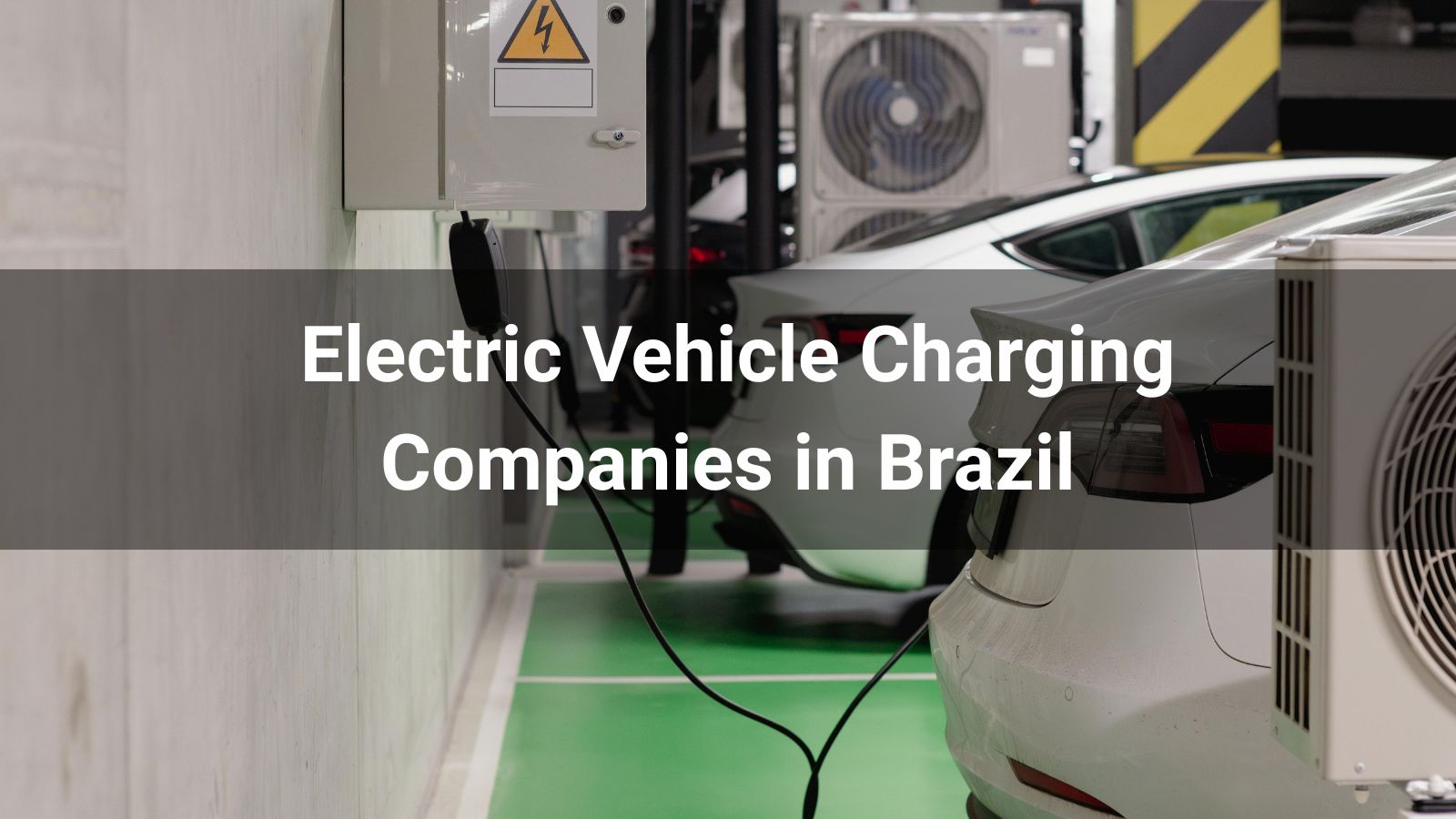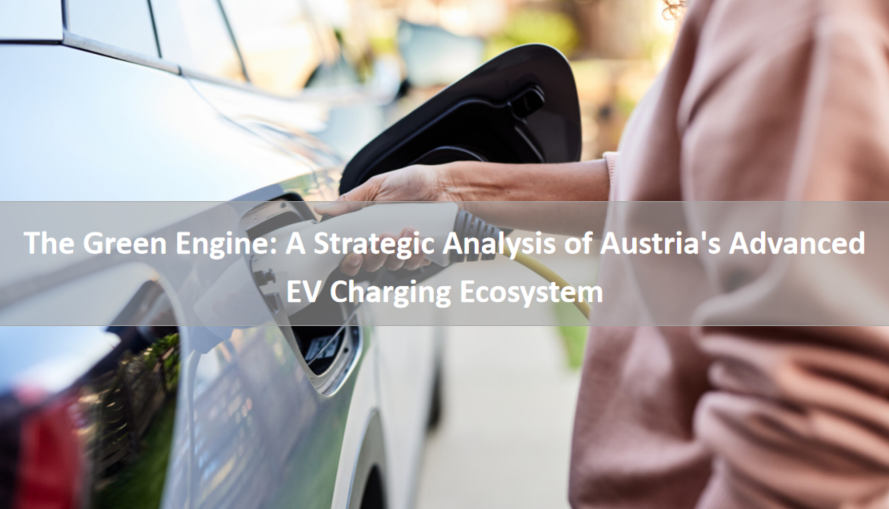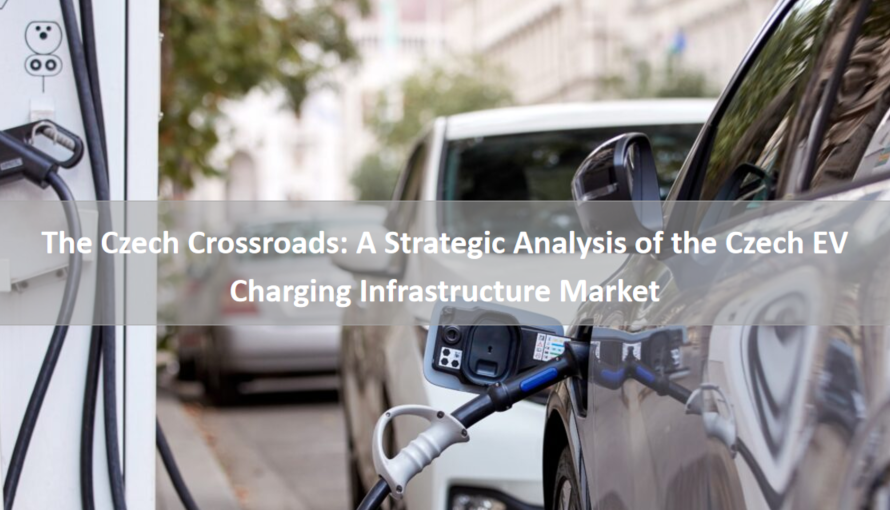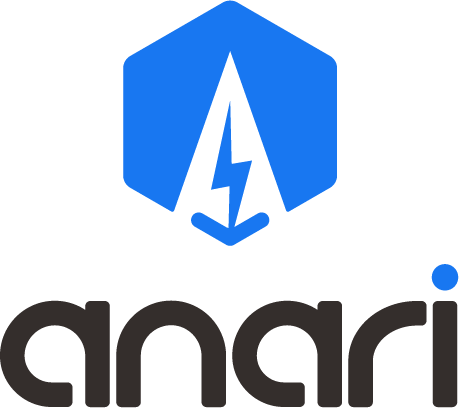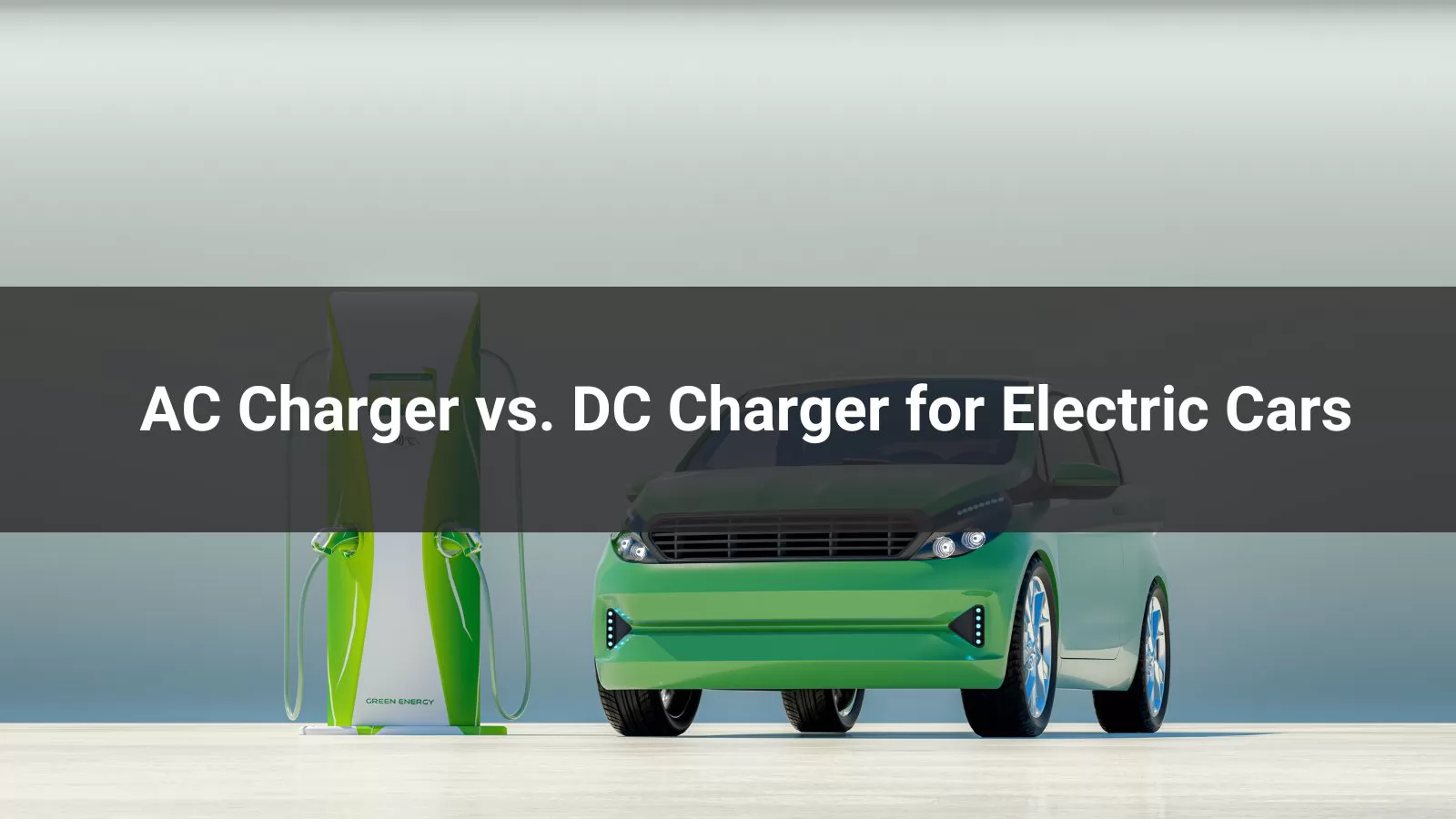
Electric vehicle (EV) charging is a fundamental part of owning and operating an electric car. The two main types of chargers—Alternating Current (AC) and Direct Current (DC)—offer distinct approaches to powering an EV’s battery. Each has unique characteristics that make it suitable for different scenarios. This article delves into the differences between AC and DC chargers, exploring their functionality, applications, and implications for EV owners.
AC chargers supply alternating current, which is the standard form of electricity in most homes and public power grids. When an EV is plugged into an AC charger, the vehicle’s onboard charger converts the AC to direct current to charge the battery. This process is common in two levels of charging. Level 1 charging uses a standard 120-volt household outlet, making it the slowest option, typically adding 2-5 miles of range per hour. It’s practical for overnight charging, especially for drivers with minimal daily mileage. Level 2 charging, which uses a 240-volt outlet similar to those for heavy appliances, is significantly faster, delivering 10-60 miles of range per hour depending on the vehicle and charger. These chargers are commonly found in homes, workplaces, and public parking areas.
DC chargers, often referred to as DC fast chargers, deliver direct current straight to the vehicle’s battery, bypassing the onboard charger. This results in much faster charging speeds, making them ideal for situations where time is limited. Known as Level 3 charging, DC fast charging can range from 50 kW to 350 kW or higher, capable of adding 100-200 miles of range in just 20-30 minutes. These chargers are typically found at dedicated public stations, such as Tesla Supercharger locations, Electrify America hubs, or stations using the Combined Charging System (CCS).
The primary difference between AC and DC chargers lies in their charging speed. AC chargers, particularly Level 1, are slow and best suited for extended charging periods, such as overnight at home. Level 2 AC chargers offer a faster alternative but still require hours to fully charge a vehicle. In contrast, DC fast chargers are designed for rapid charging, making them perfect for road trips or quick stops. For example, a DC charger can bring an EV battery to 80% capacity in under 40 minutes, while an AC charger might take several hours to achieve the same result.
Infrastructure and availability also set these chargers apart. AC chargers benefit from widespread access to standard electrical grids, making them easy to install and use in homes, workplaces, and public spaces. Level 1 chargers require no special equipment beyond a standard outlet, while Level 2 chargers, though needing professional installation, are still relatively common. DC chargers, however, are less prevalent due to their high-power requirements and costly infrastructure. They are typically located along highways or in urban commercial areas, and while their network is growing, they remain less accessible than AC chargers.
Cost is another key consideration. AC charging is generally more affordable, both in terms of installation and usage. Home-based Level 1 charging is virtually cost-free in terms of equipment, and Level 2 chargers, while requiring an upfront investment, are economical for regular use. Public AC charging stations also tend to have lower per-kilowatt-hour rates. DC fast chargers, on the other hand, involve significant installation and maintenance costs, which translate to higher charging fees. For drivers, this means DC charging is often pricier per session, reflecting the convenience of faster charging.
Vehicle compatibility plays a role as well. All EVs are equipped with onboard chargers, making them compatible with AC charging, though the speed depends on the vehicle’s charger capacity, typically ranging from 3.3 kW to 11 kW for Level 2. DC chargers, however, require specific connectors like CCS, CHAdeMO, or Tesla’s proprietary plug, and not all vehicles support the highest-power DC chargers. This makes AC charging universally accessible, while DC charging requires vehicle-specific compatibility.
The impact on battery health is worth noting. AC charging, especially at Level 1 or Level 2, is gentler on the battery, producing less heat and stress, which can contribute to longer battery life. DC fast charging, while convenient, generates more heat due to its high power, which can accelerate battery degradation if used frequently. Modern EVs have battery management systems to minimize this risk, but manufacturers often advise limiting DC charging to occasional use.
AC chargers are the backbone of daily EV charging. For home use, Level 1 or Level 2 chargers are ideal, allowing owners to plug in overnight or during long periods of inactivity. These chargers are also common in workplaces, shopping centers, and public parking lots, where drivers can charge while going about their routines. For those with short commutes, Level 1 charging may suffice, requiring no additional infrastructure beyond a standard outlet.
DC chargers shine in scenarios where speed is critical. For long-distance travel, DC fast chargers enable drivers to quickly recharge and continue their journey, making them essential for road trips. They’re also valuable for high-mileage drivers, such as rideshare professionals, or anyone needing a quick range boost during a busy day. However, their higher cost and limited availability mean they’re typically used as a supplement to AC charging rather than a primary solution.
The choice between AC and DC chargers depends on an EV owner’s lifestyle and driving needs. AC chargers offer a cost-effective, widely available, and battery-friendly option for routine charging at home or in public settings where time isn’t a limiting factor. DC chargers, with their rapid charging capabilities, are indispensable for long trips or quick top-ups but come with higher costs and potential battery health considerations. As electric vehicle adoption grows and charging infrastructure evolves, a combination of AC and DC charging will likely provide the most practical solution. For most drivers, a Level 2 AC charger at home, paired with occasional access to DC fast chargers, strikes an optimal balance of convenience, affordability, and efficiency.

